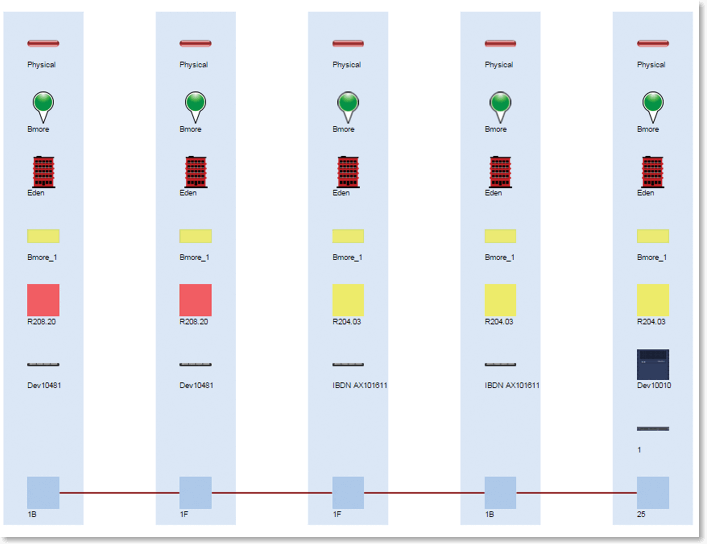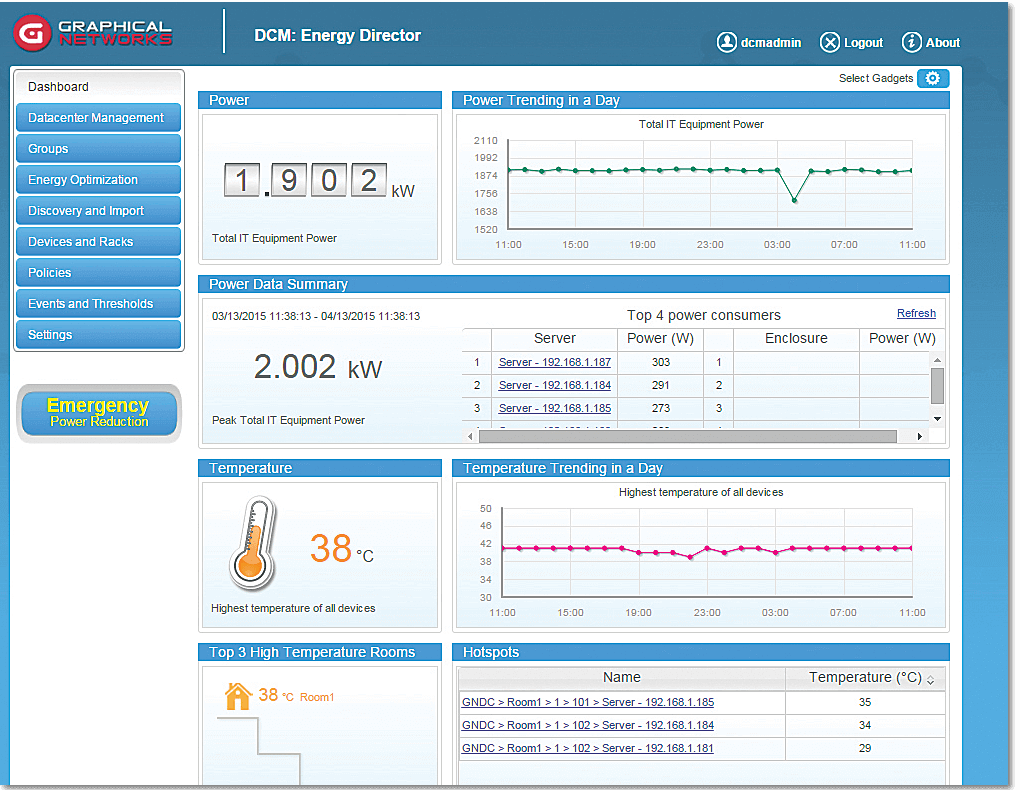 So, you think maybe it’s time for DCIM. Costs are getting out of control, troubleshooting problems abound, capacity planning is not going well, and you have zombie servers attacking your data center. DCIM can be a sizeable investment — and before you sign on the dotted line, it’s crucial to ensure that 1. you find the right DCIM software for your organization and 2. you really do need it in the first place.
So, you think maybe it’s time for DCIM. Costs are getting out of control, troubleshooting problems abound, capacity planning is not going well, and you have zombie servers attacking your data center. DCIM can be a sizeable investment — and before you sign on the dotted line, it’s crucial to ensure that 1. you find the right DCIM software for your organization and 2. you really do need it in the first place.
What DCIM Is
DCIM, which stands for data center infrastructure management software, is a way to monitor and manage all of the data from and power that’s used by the assets in your IT infrastructure (both hardware and software) as well as the different components — from racks to trays and floor plans. The goal of DCIM is to optimize consumption (from power to space) while reducing costs (such as how money is spent on new equipment, power and cooling expenditures and so on).
What DCIM Is Not
DCIM is not a miracle drug that can cure all the woes in your data center: despite the hype, it certainly can’t boil the ocean. DCIM’s functions and capabilities really depend upon the software you end up selecting. Some software solutions for DCIM may be stronger in and focus more on one thing, such as DCIM with a focus on computational fluid dynamics; some may focus on other aspects such as DCIM with a focus on cable management.
Do You Really Need DCIM?
To answer the question this blog asks: ‘do you really need DCIM?’ the best place to start is by asking ‘what do you need DCIM to do for your data center and organization’?
Do you need, for example, DCIM that can:
- Computational Fluid Dynamics
- Cable & Circuit Management
- Logical, Application, Virtual Views
- Asset Management
- Floor & Rack Management
- Power Monitoring
If one of the above categories of management could potentially help your data center save money and time, you may well need DCIM. If not, you may want to write out exactly what your big pain points are….what do you really need: more documentation, more manpower…or maybe DCIM?

Above: an example of circuit management in DCIM software.

Above: an example of power management in DCIM software.
As you can see, there are many sub-categories that fall under the umbrella of DCIM software today. Because there isn’t one vendor on the market that can truly offer excellence in all of the above categories, figure out where your priorities are and find a DCIM software that matches those priorities as closely as possible. For further reading on this, you may want to check out our vendor-agnostic guide to choosing the right DCIM solution.
Bottomline? DCIM can be transformational; it can also be shelfware. Figure out what you need to do before you figure out which software or DCIM vendor you want to go with. Be sure that what you want to do can, in fact, be accomplished with DCIM. Make sure you have a clear object and anticipated ROI goals before you end up with a solution that doesn’t do what you need it to.